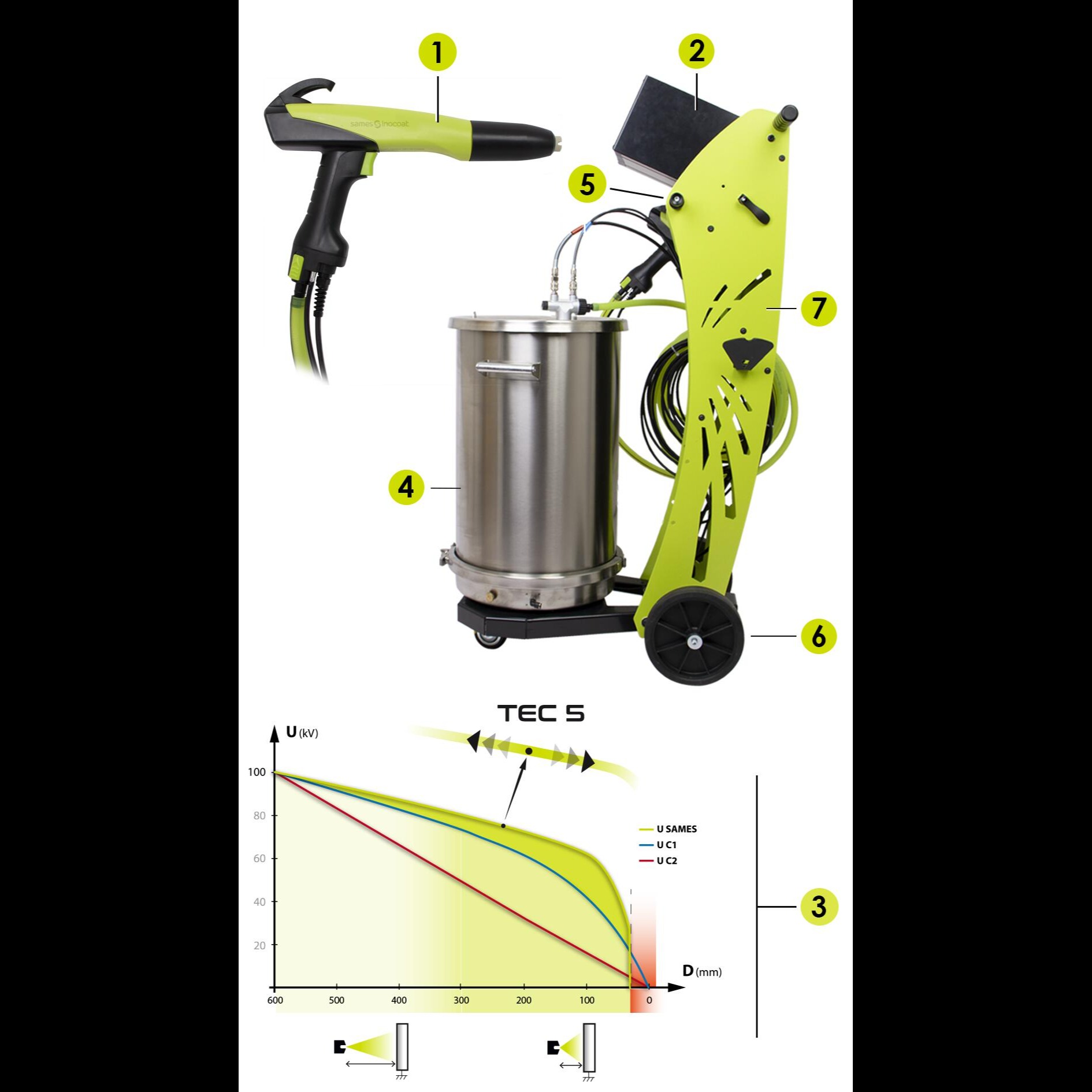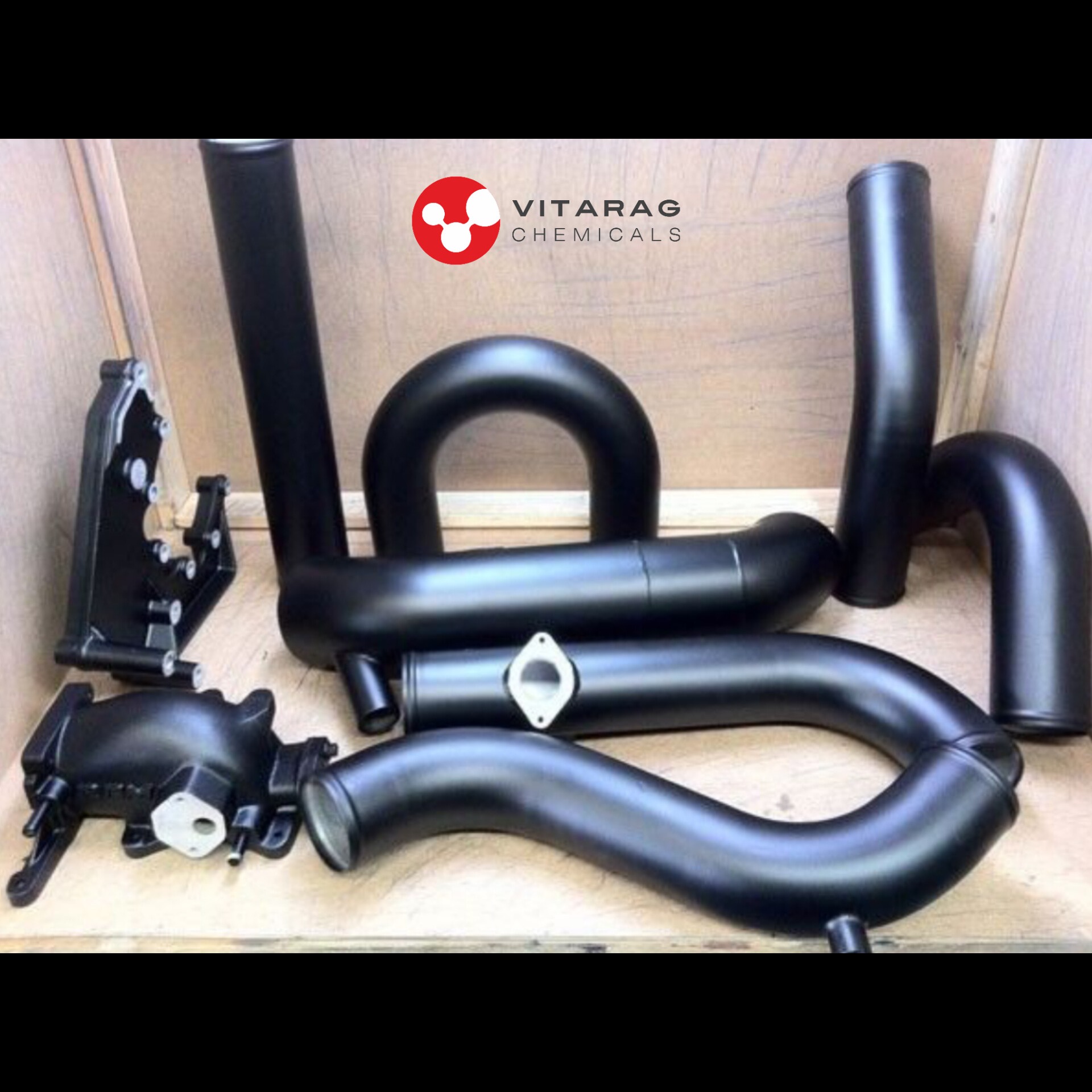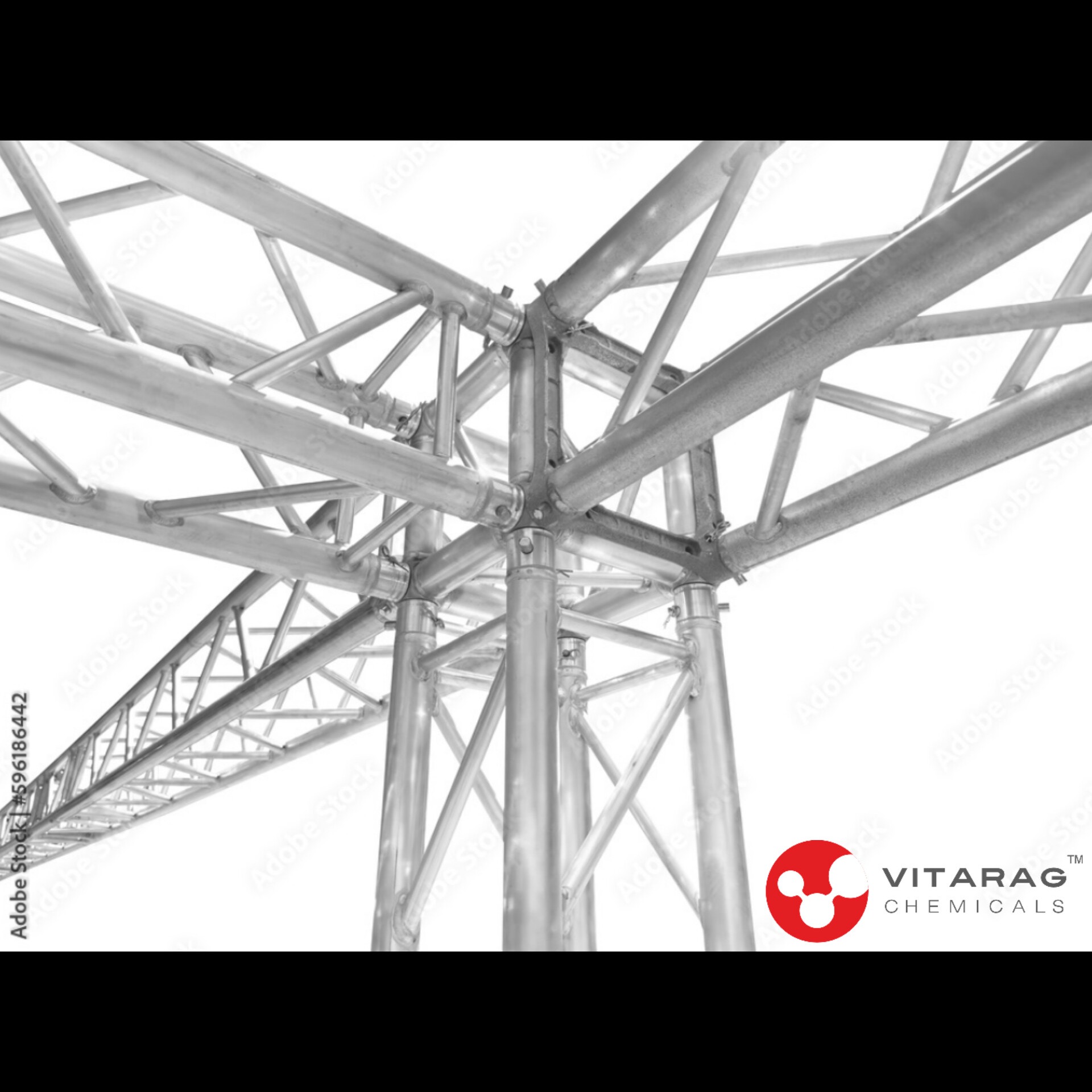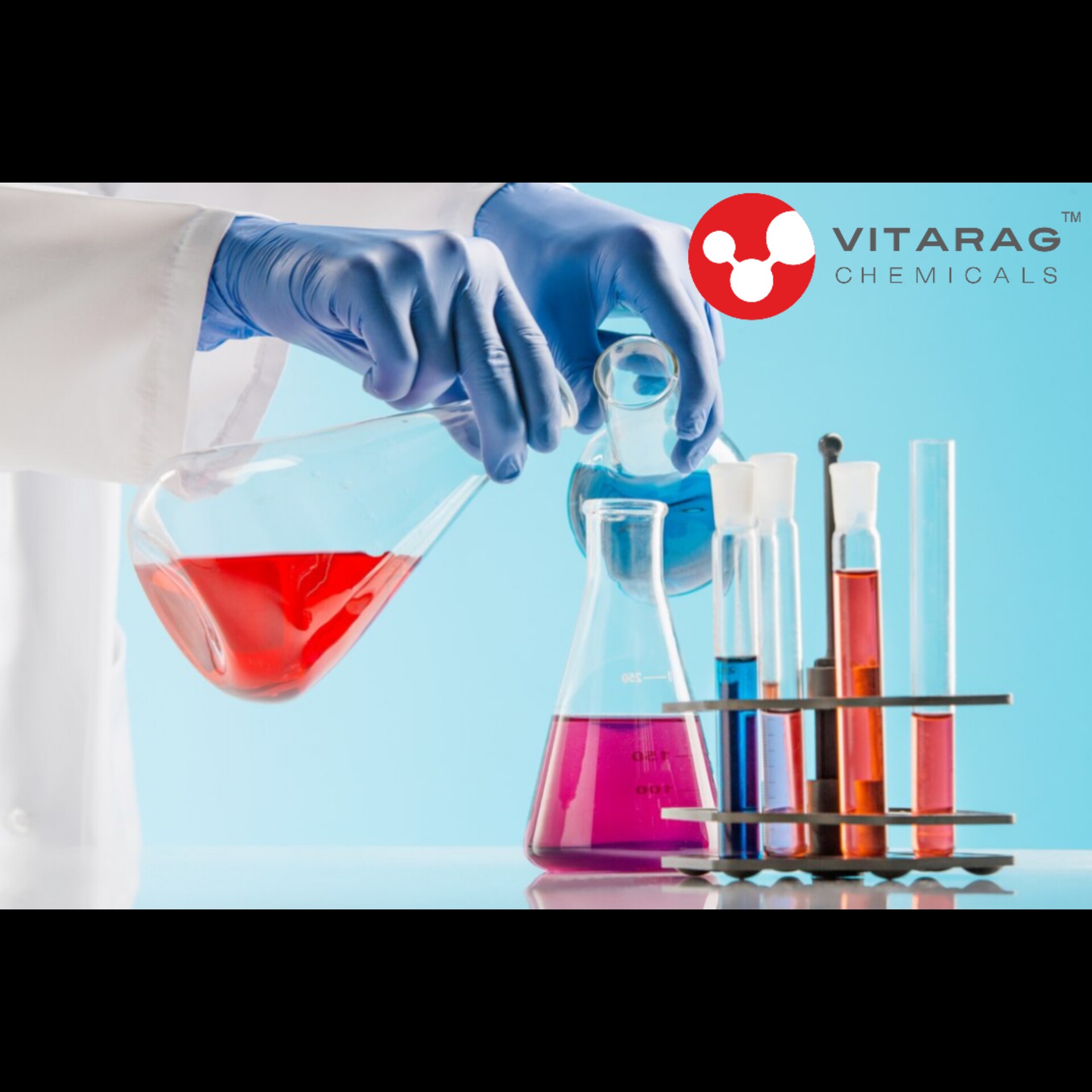
Blackening techniques for metal
1. Hot Black Oxide
- Hot black oxide is a chemical conversion coating formed by a reaction with the metal surface at high temperatures.
* Process:
1. Cleaning: The metal is thoroughly cleaned to remove any oils, greases, and oxides.
2. Immersion: The clean metal is immersed in a heated alkaline solution of sodium hydroxide, nitrates, and nitrites (around 140-160°C).
3. Conversion: A black magnetite (Fe3O4) layer forms on the surface.
4. Rinsing: The part is rinsed in water to remove residual chemicals.
5. Sealing: An oil or wax is applied to seal the surface and enhance corrosion resistance.
6. Applications: Commonly used for tools, machine parts, firearms, and decorative items.
2. Cold Black Oxide
- Cold black oxide is a room-temperature process that deposits a black coating on the metal.
* Process:
1. Cleaning: Thorough cleaning to remove contaminants.
2. Immersion: The metal is immersed in a cold blackening solution containing selenium dioxide and copper compounds.
3. Reaction: A black copper selenide or similar compound forms on the surface.
4. Rinsing: The part is rinsed in water.
5. Sealing: A post-treatment oil or wax is applied for corrosion resistance.
6. Applications: Used for smaller parts and where high temperatures are undesirable.
Keywords
3.
2.
wax
oils
tools
water
oxides
Sealing
Rinsing
greases
firearms
reaction
nitrates
nitrites
140-160°C
Immersion
clean metal
Fe3O4) layer
Applications
contaminants
metal surface
smaller parts
machine parts
black coating
Hot Black Oxide
black magnetite
decorative items
sodium hydroxide
copper compounds
selenium dioxide
Cold Black Oxide
Thorough cleaning
high temperatures
post-treatment oil
residual chemicals
corrosion resistance
Blackening techniques
black copper selenide
similar compound forms
cold blackening solution
room-temperature process
heated alkaline solution
chemical conversion coating




